Garage lighting is a critical aspect of home design that is often overlooked. Properly planned and executed lighting can transform your garage from a dark and dreary space into a bright, usable area for a variety of activities. Whether you use your garage for parking, storage, a workshop, or all three, the right lighting can significantly enhance the functionality and aesthetics of the space.
Importance of Garage Lighting
Lighting is a key element in any space, and the garage is no exception. The right lighting setup can not only make the space more functional but also improve visibility, safety, and even the mood. Here's why garage lighting is so important:
Safety and Visibility
Garage lighting enhances safety by improving visibility. With adequate lighting, you can safely navigate around your garage, reducing the risk of accidents and injuries. Good lighting can also deter burglars and intruders, adding an extra layer of security to your home.
Functionality and Efficiency
Proper lighting can enhance the functionality of your garage. Whether you're working on a DIY project, organizing your tools, or trying to find items in storage, good lighting can make these tasks easier and more efficient.
Aesthetics and Mood
While functionality is a top priority, the right lighting can also enhance the aesthetics of your garage. From creating a warm and inviting atmosphere to highlighting certain features, lighting can greatly contribute to the overall look and feel of your garage.
Understanding Different Types of Lighting
When planning your garage lighting, it's important to understand the three main categories of lighting: ambient, task, and accent. Each type serves a different purpose and can be used in different areas of your garage.
Ambient Lighting
Ambient lighting, also known as general lighting, provides a soft, even illumination across the entire space. This is the primary source of light in your garage, making it safe and easy to walk around or park your car. Garage door openers with built-in lights, as well as round or linear flush-mount lights affixed to the ceiling, are common sources of ambient lighting.
Task Lighting
Task lighting is brighter and focused on specific areas where you perform tasks that require more visibility. This could be a workbench where you do DIY projects or a storage area where you need to find specific items. Examples of task lighting include trouble lights and shop lights.
Accent Lighting
Accent lighting is used to highlight particular features or areas in your garage. This could be a display of tools, a beautiful car, or a piece of artwork. Accent lighting fixtures include pendants and sconces.
Choosing the Right Types of Garage Lights
When it comes to choosing the right lights for your garage, there are several options to consider. Here are some common types of garage lights:
Flush-Mount Ceiling Lights
Flush-mount ceiling lights are installed directly on the ceiling, making them a great choice for garages with lower ceilings. These lights are usually dome-shaped and provide a wide spread of light, making them ideal for general illumination.
High Bay Lights
High bay lights are designed for spaces with high ceilings. These lights are often suspended from the ceiling and provide a strong, focused light that's ideal for work areas.
Recessed Lights
Recessed lights are installed into the ceiling, providing a sleek, unobtrusive lighting solution. These lights are great for general or accent lighting and provide a focused beam of light.
Shop Lights
Shop lights are long, tube-shaped lights that hang from the ceiling. They provide a strong, focused light that's ideal for work areas.
LED Strip Lights
LED strip lights are flexible, adhesive-backed light strips that can be attached to almost any surface. They're great for providing accent lighting and can also be used for general lighting if installed in large quantities.
Determining Your Lighting Needs
Determining your lighting needs will depend on several factors, including the size of your garage and how you use it. Here's a general guide to help you determine your lighting needs:
Measure Your Garage
The first step is to measure your garage to determine the total square footage. This will help you calculate the total amount of light needed.
Decide on the Purpose of Each Area
Next, consider how you use each area of your garage. Do you have a workbench for DIY projects? Do you store items that you need to find easily? This will help you decide where to place task lighting.
Calculate the Required Light Output
The Illuminating Engineering Society (IES) recommends 50 lumens per square foot for general lighting in residential garages and 300 lumens per square foot for work areas. Use these guidelines to calculate the total light output required for your garage.
Choosing the Right Bulbs for Your Garage Lights
When it comes to choosing the right bulbs for your garage lights, there are several options to consider. Here's a brief overview of the most common types of bulbs:
Incandescent Bulbs
Incandescent bulbs are the traditional type of light bulb. They produce a warm, inviting light but are less energy-efficient than other types of bulbs.
Fluorescent Bulbs
Fluorescent bulbs are more energy-efficient than incandescent bulbs and produce a cooler light that's ideal for work areas. They come in a variety of shapes and sizes, including tube-shaped bulbs for shop lights.
LED Bulbs
LED bulbs are the most energy-efficient option. They produce a bright, white light that's ideal for garages and can last for years without needing to be replaced.
Consider the Color Temperature
The color temperature of a light bulb is measured in Kelvins (K) and determines whether the light is warm (yellowish) or cool (bluish). For garage lighting, a cool white light (4000-5000K) is often recommended as it provides a bright, clear light that's ideal for work areas.
Installing Your Garage Lights
When it comes to installing your garage lights, there are a few options to consider. Here's a brief overview of the most common installation methods:
Hardwired Lights
Hardwired lights are connected directly to your home's electrical system. This is the most secure and reliable method of installation, but it can be more difficult and time-consuming than other methods.
Plug-In Lights
Plug-in lights are easy to install and can be moved around as needed. However, they require an available electrical outlet and may not be as secure or reliable as hardwired lights.
Battery-Powered Lights
Battery-powered lights are easy to install and don't require an electrical outlet. However, they need to be replaced regularly and may not be as bright or reliable as hardwired or plug-in lights.
Frequently Asked Questions
- Why is garage lighting important?
Garage lighting enhances safety by improving visibility, making it easier to navigate around your garage and reducing the risk of accidents and injuries. It also improves the functionality of your garage, making it easier to carry out tasks such as DIY projects or finding items in storage.
- What types of lighting should I consider for my garage?
Consider a mix of ambient, task, and accent lighting for your garage. Ambient lighting provides general illumination, task lighting provides focused light for specific tasks, and accent lighting highlights particular features or areas.
- What types of bulbs are best for garage lighting?
LED bulbs are the most energy-efficient option and produce a bright, white light that's ideal for garages. Fluorescent bulbs are also energy-efficient and produce a cooler light that's good for work areas. Incandescent bulbs produce a warm, inviting light but are less energy-efficient.
- How can I calculate my garage lighting needs?
Measure your garage to determine the total square footage. Then, calculate the total light output required based on the recommended lumens per square foot for general lighting (50 lumens) and work areas (300 lumens).
- How should I install my garage lights?
You can choose from hardwired, plug-in, or battery-powered lights. Each method has its advantages and disadvantages, so consider your specific needs, skills, and resources before deciding on an installation method.


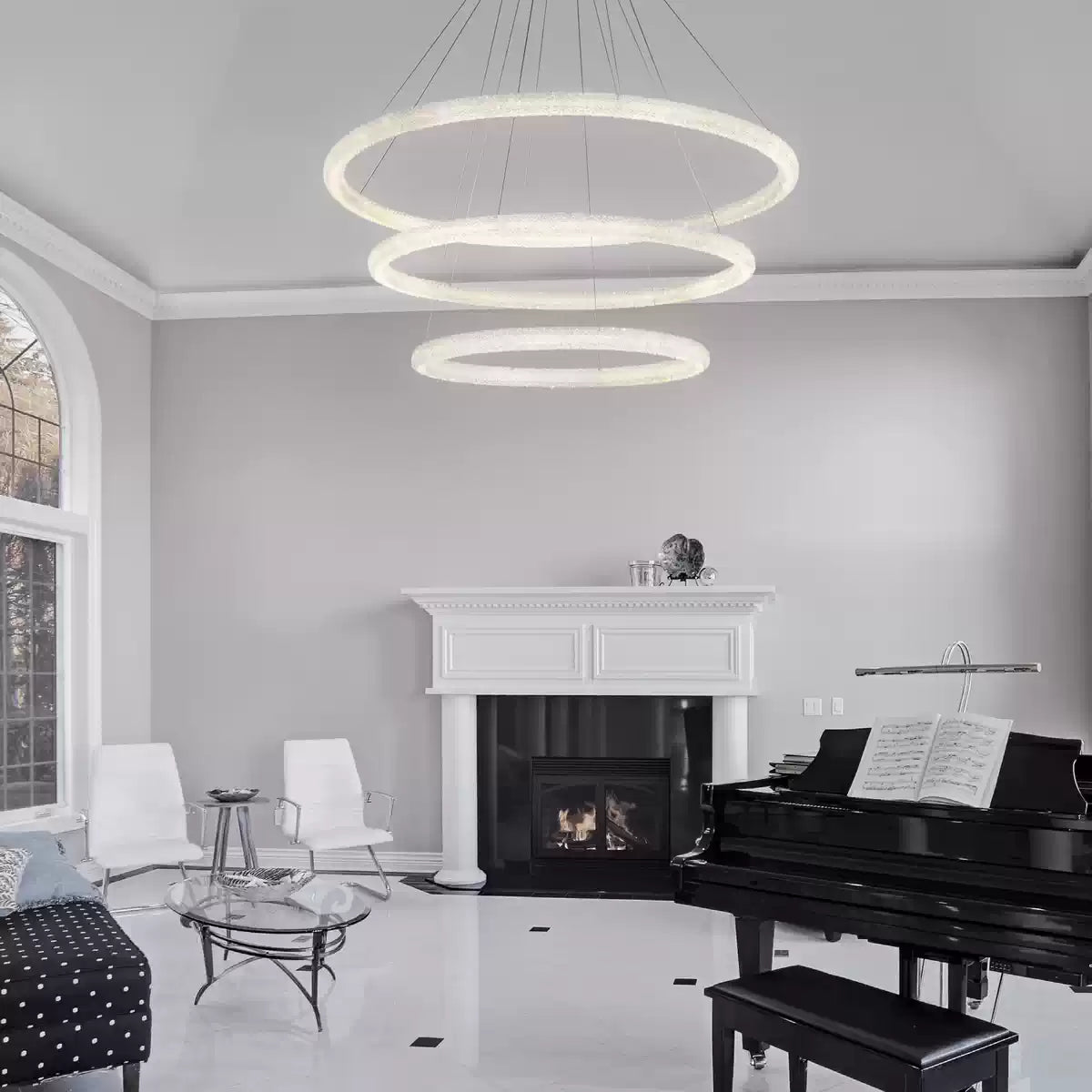
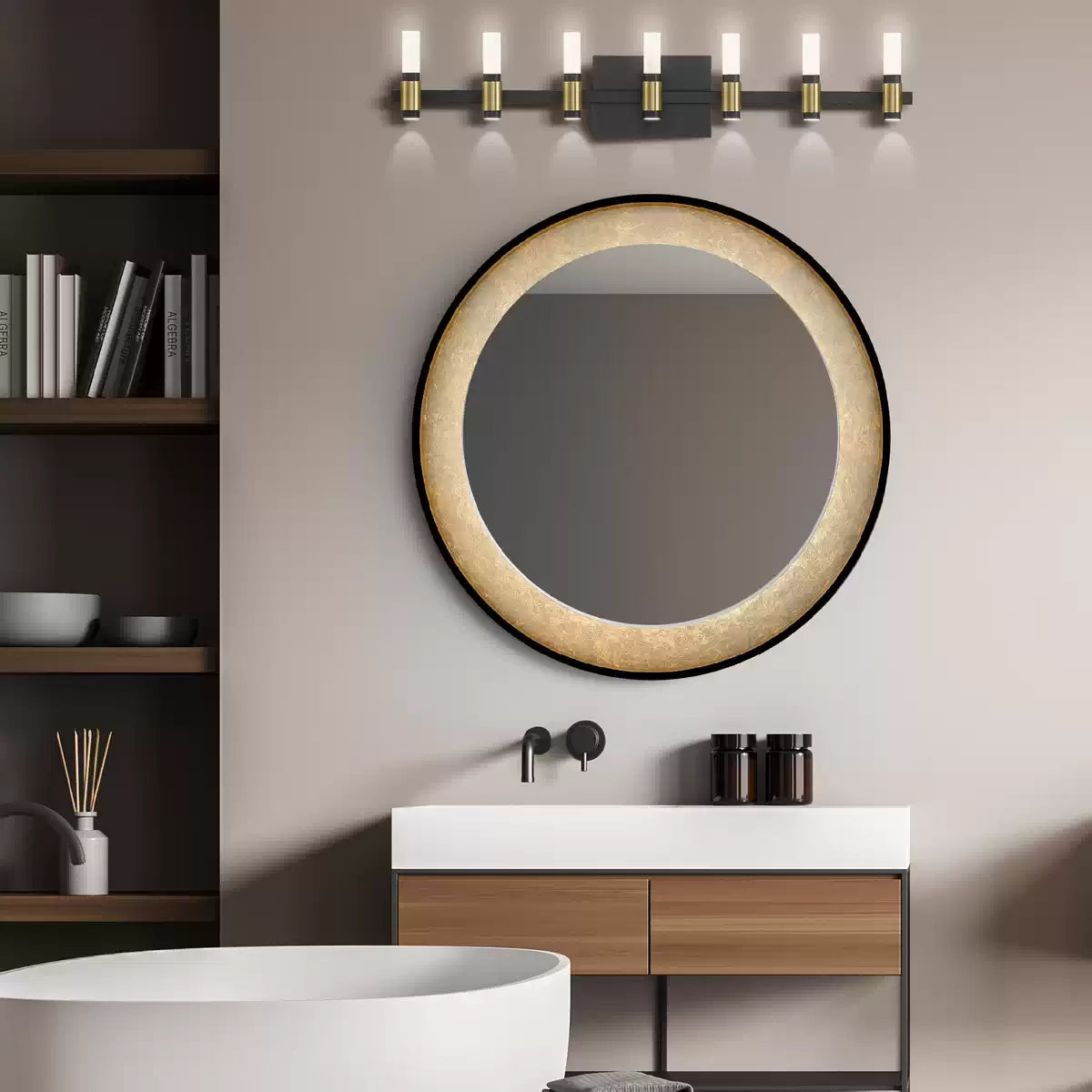
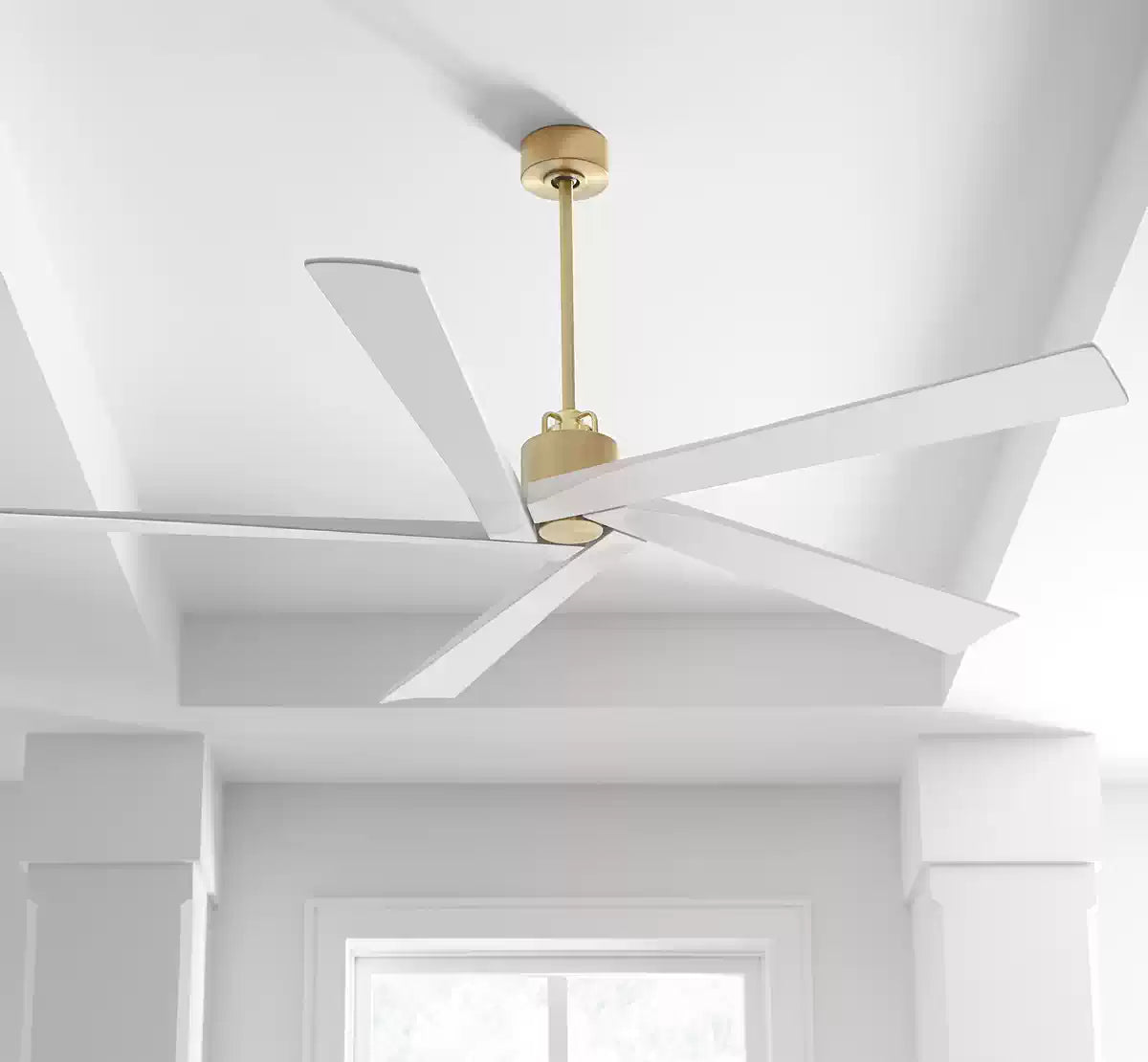
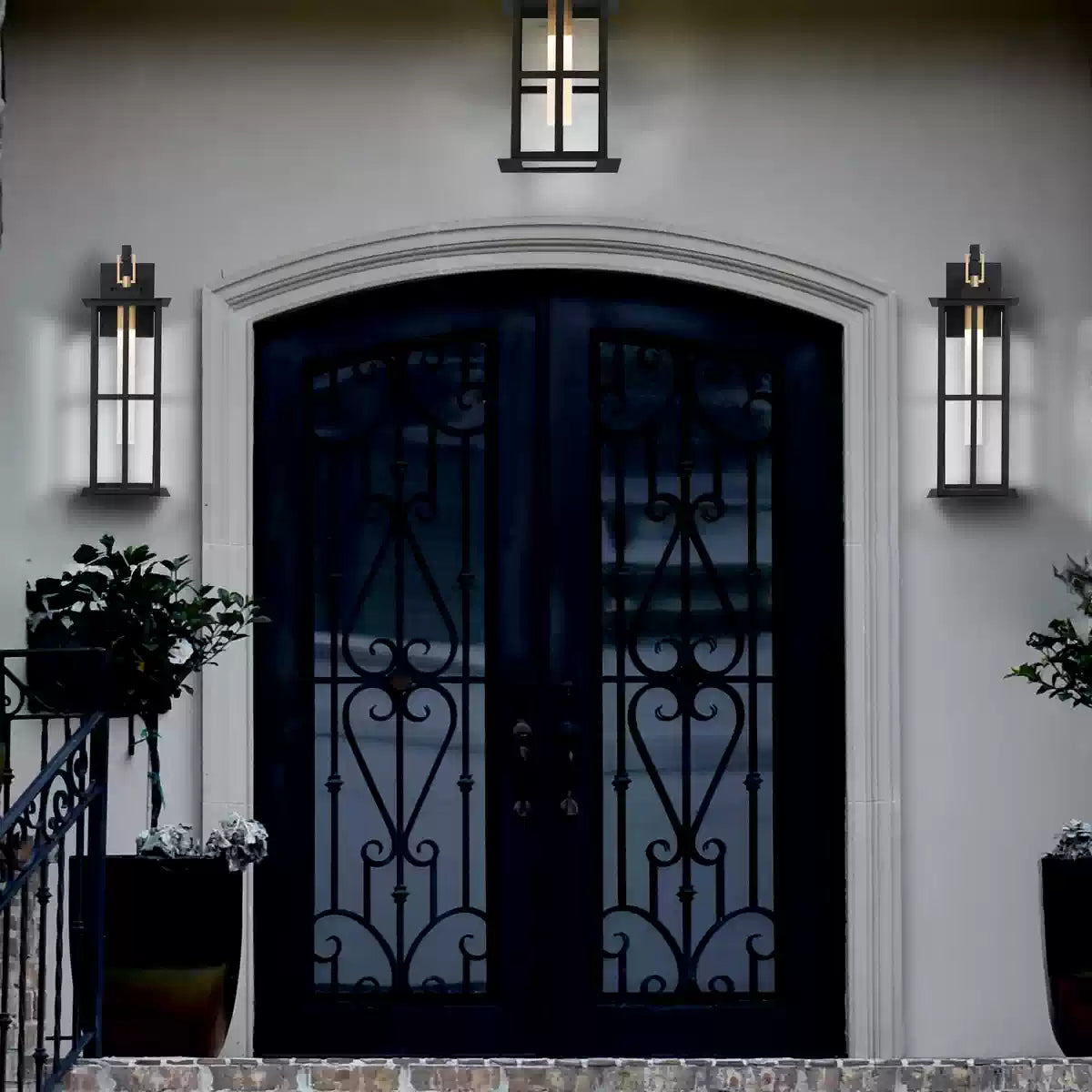

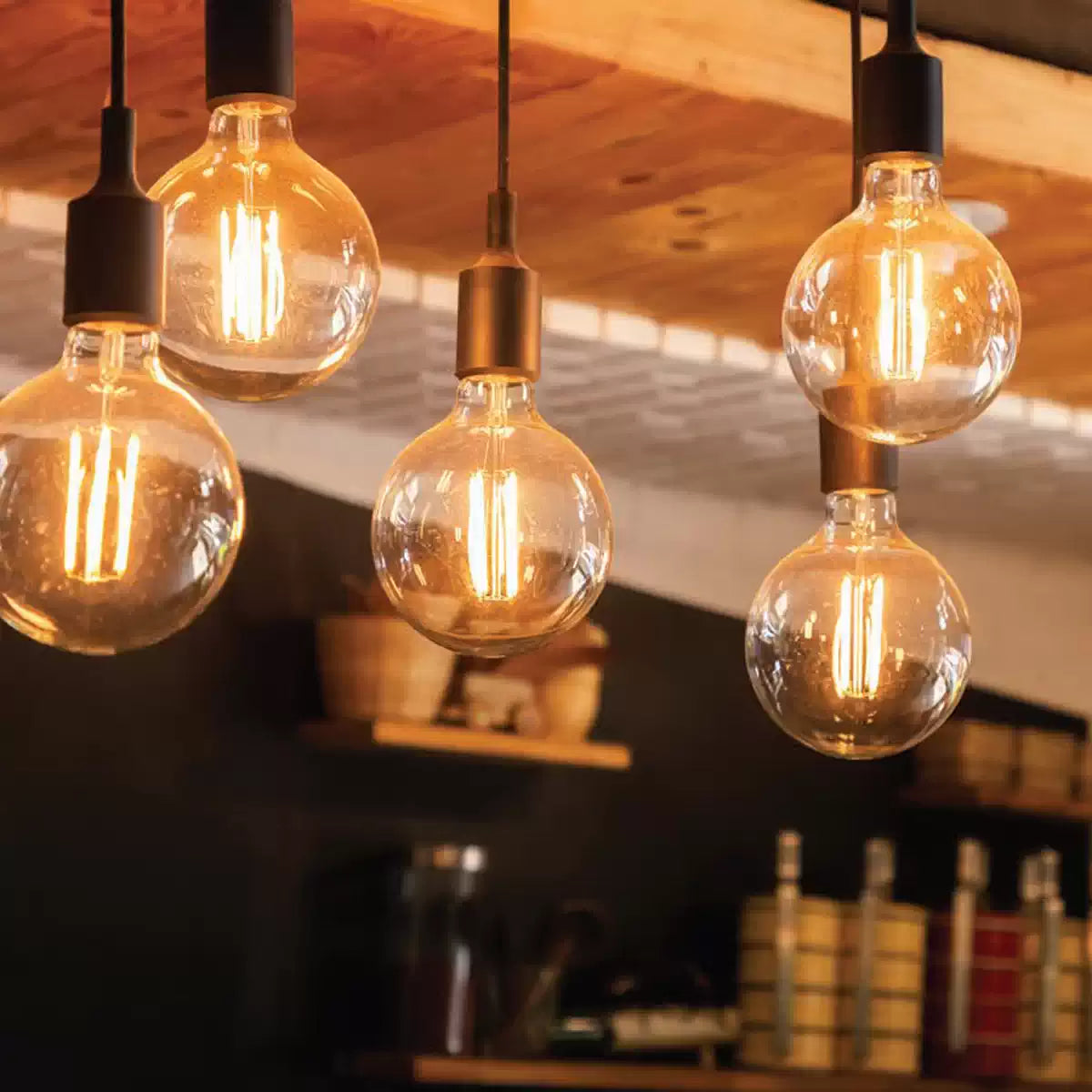








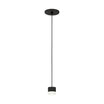
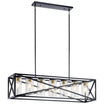


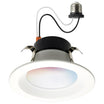



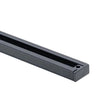



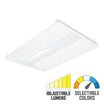
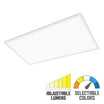
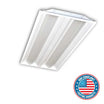



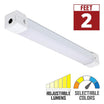






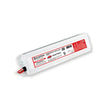
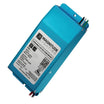
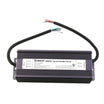

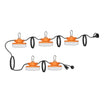

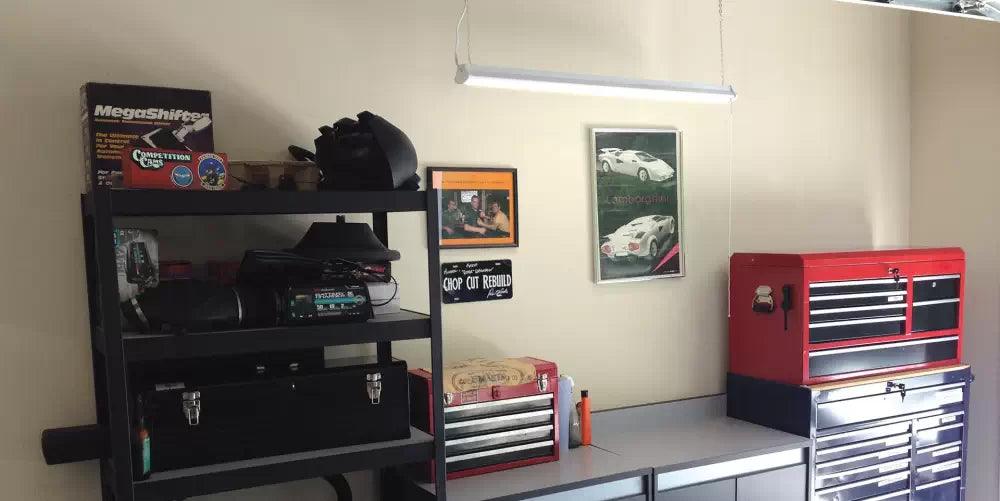


Leave a comment
All comments are moderated before being published.
This site is protected by hCaptcha and the hCaptcha Privacy Policy and Terms of Service apply.